— Trusted Since 1969 —
— Trusted Since 1969 —
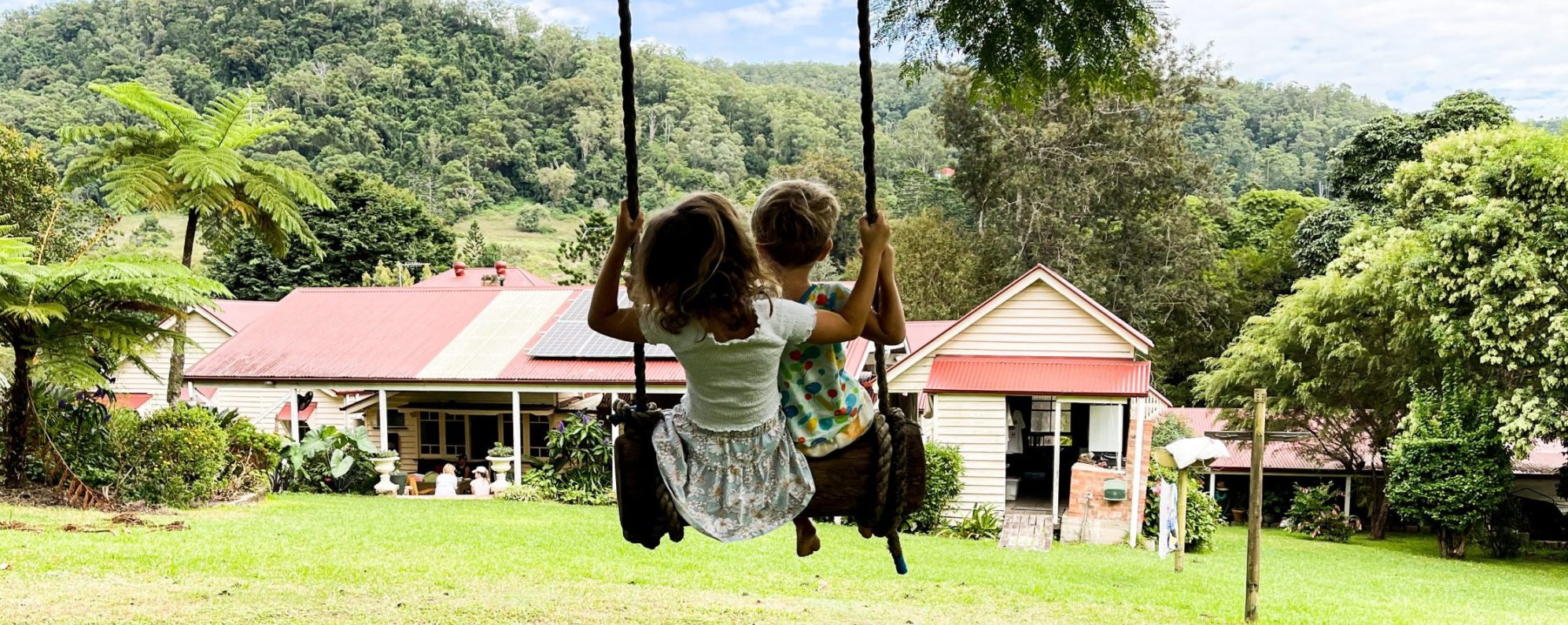
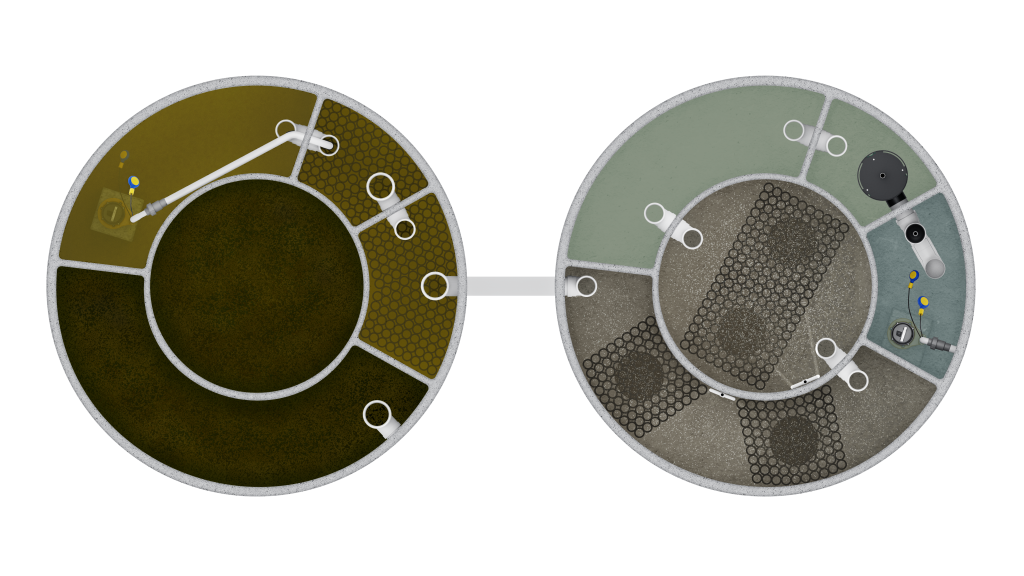

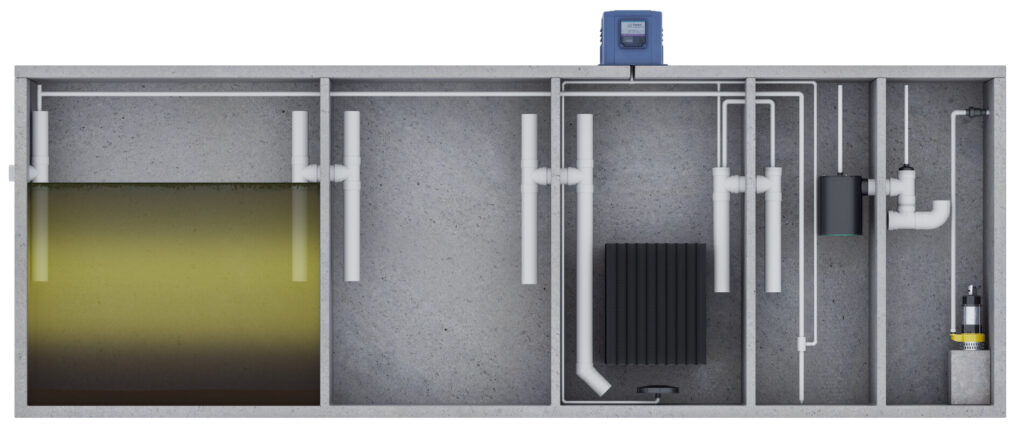
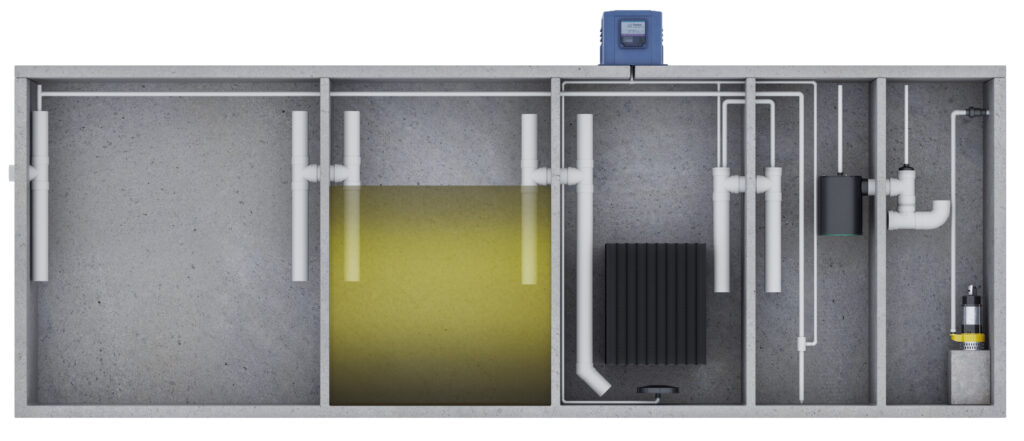
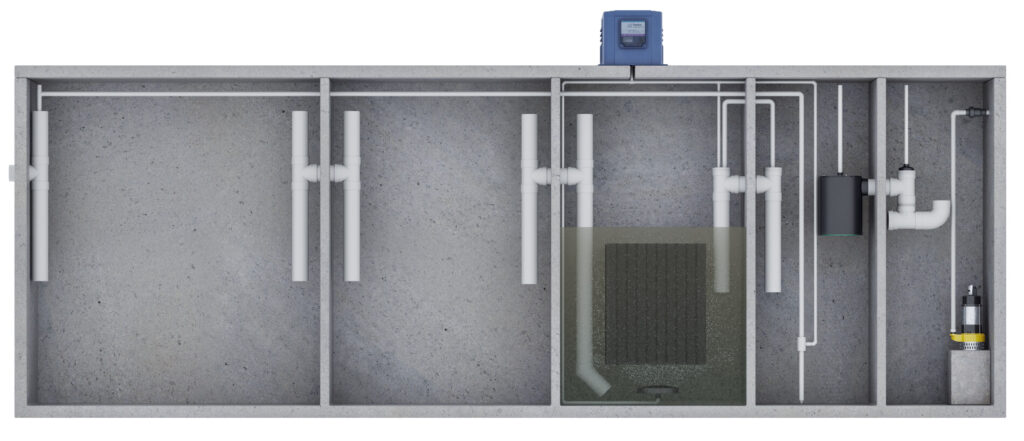
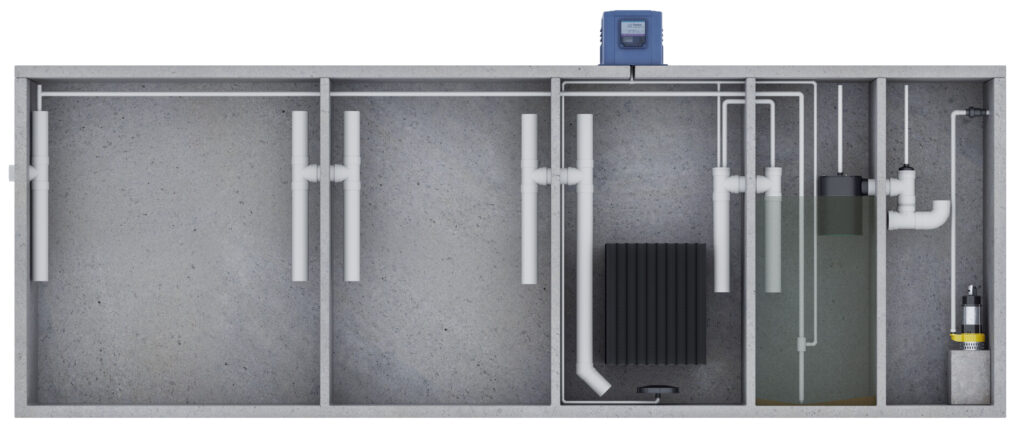
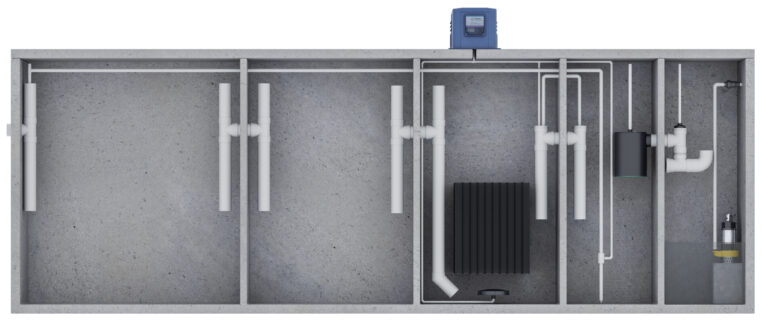
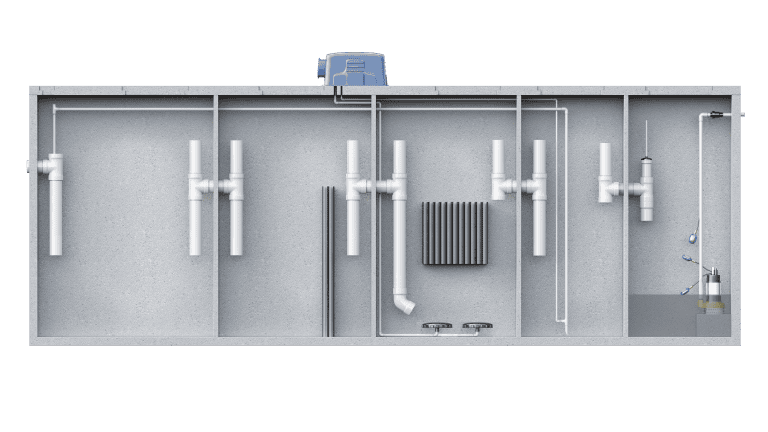
Wastewater treatment systems use natural biological processes to treat wastewater, reducing the need for expensive chemicals and lowering operational costs. Additionally, they require minimal maintenance, saving money in the long run.
You can depend on a wastewater treatment system for consistent and efficient performance. Thanks to its sturdy design, it can easily handle varying wastewater levels, resulting in fewer breakdowns and less downtime, providing peace of mind.
Domestic wastewater treatment systems use naturally occurring bacteria to treat wastewater, eliminating the need for harmful chemicals. This eco-friendly approach protects local ecosystems and promotes sustainable practices.
One of the great things about these wastewater systems is their ability to produce treated water suitable for non-potable uses, such as irrigation and industrial processes. It reduces the demand for freshwater resources and supports water conservation efforts.
You can customise these treatment systems to meet the needs of different households, regardless of size. Their versatility and adaptability ensure optimal performance in various situations.
Manufacturers build Advanced Secondary Treatment Systems to last longer than traditional systems, making them a wise long-term investment.
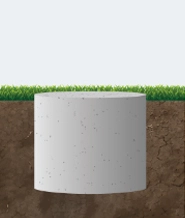




Highlight Taylex as leader in Home Sewage Treatment Systems
With over 50 years of industry experience, Taylex is a trusted leader in wastewater treatment. Our knowledge and expertise ensure high-quality solutions tailored to your needs.
We use the latest technology in our wastewater treatment systems. Our innovative approach ensures efficient, reliable, and effective management of your wastewater needs.
Taylex builds its systems to last. Our monolithic, single-piece moulds eliminate weak-joined walls and deteriorating seals. It ensures long-lasting performance and a solid return on your investment.
Our wastewater treatment systems are environmentally friendly. Using natural biological processes and minimising harmful chemicals, we help protect the environment and promote sustainable practices.
Taylex customises its systems to meet the specific needs of each household and application, whether for a small home or large property, ensuring optimal performance.
Wastewater treatment systems use natural biological processes to treat wastewater, reducing the need for expensive chemicals and lowering operational costs. Additionally, they require minimal maintenance, saving money in the long run.
Government authorities approve Taylex wastewater treatment systems. This endorsement is a testament to the quality and reliability of our products, giving you confidence in your choice.
We offer professional installation and maintenance services to ensure your system operates efficiently. Our experienced technicians provide expert support, from initial setup to ongoing maintenance, keeping your system in top condition.
Proudly Australian-owned and made, Taylex is committed to supporting local industry. Our products are designed and manufactured in Australia, ensuring high quality and supporting the local economy.
Our secondary treatment systems (STS) are certified to the latest Australian Standard AS 1546.3:2017—on-site domestic wastewater treatment units. This certification ensures our systems meet design, performance, and conformity requirements, enabling compliance with local regulations, avoiding legal issues, and contributing to community health and safety.




